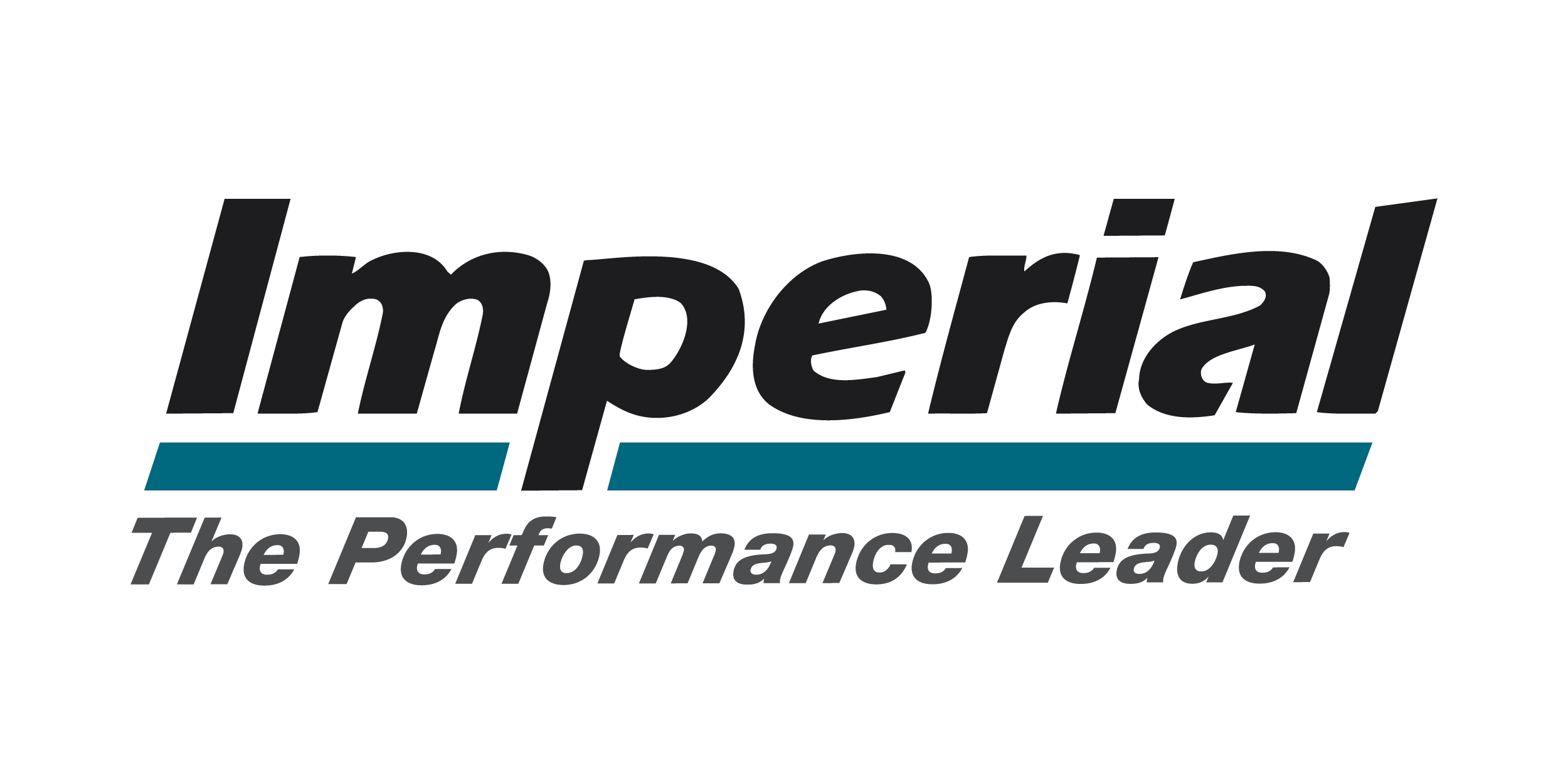According to an Acosta study commissioned by FMI, sales of Health, Beauty and Wellness (HBW) total $84 billion annually. Grocery retailers only capture about $15 billion of those sales. This means a big opportunity for supermarkets to increase their share of HBW sales. What better time to do this than the New Year?
While making New Year’s resolutions for growth and improvement (both personal and professional), consider these top ten reasons for making HBW your top priority in 2017:
1. Sales Growth: The Acosta study cites that 53% of shoppers buy their HBW products in their local grocery store. HBW is growing at a rate of 3.4%, outpacing total store sales of 1.9%. In grocery stores, HBW shoppers typically spend twice as much as the shoppers without HBW in their basket: $82.37 vs $38.74.
2. Profitability: Given that retail prices and gross profit margins of HBW merchandise are higher than most other supermarket product, increased top line sales means greater profits for stores. The smaller size of many HBW items also increases profitability per linear foot of space.
3. New Items: HBW is a dynamic department with new product launches, new categories and new brands. Innovation, new formulations, advances in technology and new trends drive forces in HBW and motivate consumer trial. As shoppers repurchase new items at their original place of purchase, grocery stores can benefit from repeat sales.
4. Promotions and Manufacturer Support: Major HBW manufacturers – like Proctor & Gamble, Unilever, Johnson & Johnson, Colgate, Pfizer, Bayer, and Novartis — invest billions each year in advertising, coupons, promotions, marketing and product development. These investments draw shoppers to the HBW aisles and help build sales.
5. Convenience: A robust HBW department also enhances the shopping experience for the “one stop shopper.” Working couples and seniors, for example, benefit from the convenience of finding the HBW products they need, with good prices, quality, variety and service, while they do their grocery shopping close to home.
6. Private Label: A recent study shows that store/private brands represent more than 50% of sales of OTC medications. Private label products help drive purchases, build profit margins, and increase customer loyalty. They often also help to differentiate stores from their competition. Striking the right balance between HBW private label and national brands provides retailers with a strong value proposition and shoppers with a positive shopping experience.
7. Health and Wellness: As our society becomes more health conscious, the grocery industry is becoming “health advocates.” The HBW category has taken part in this national wellness trend by adding hundreds of natural and organic products, especially in vitamin/supplements, shampoo and conditioners, skin care, oral care and nutrition bars.
8. Baby Boomers: The aging baby boomer population is also making an impact on personal care and HBW categories. A study showed that half of the OTC medications are purchased by people over age 50, and vitamins, digestive remedies, pain relievers, and incontinence items are more frequently purchased by shoppers over 60. Integrating these product categories into center store aisles means capturing more sales from already loyal grocery shoppers.
9. Millennials: Millennials are more experimental in product purchases and rely more on word-of-mouth for direction to these products than their older counterparts. A diverse product assortment that incorporates new brands, representing current trends can draw millennials to the store and the center aisles.
10. Seasonal Categories: A strong HBW department signals to shoppers that supermarkets are a destination for seasonal HBW product like cough & cold, allergy and suncare. Drawing attention to these seasonal categories in-store can mean a significant boost in sales.
Recognizing these benefits of making HBW a priority is first step in capitalizing on the growth opportunity in this category. Following up with a well-defined strategic plan to maximize sales and attract shoppers to the department can point retailers toward big sales wins. Successfully making the HBW department a destination includes the following:
1. Competitive pricing on key value items
2. Evaluation of space allocation
3. Reassessment of product assortments to ensure local and demographic relevance
4. Attention-producing signage and fixtures, and
5. Extensive promotional thematic activity.
Social media and in-store communication technology can help inform shoppers of these HBW offerings and promotions.
Making HBW growth your #1 New Year’s Resolution will create a Happier New Year for all. Wishing you the very best New Year in 2017!

